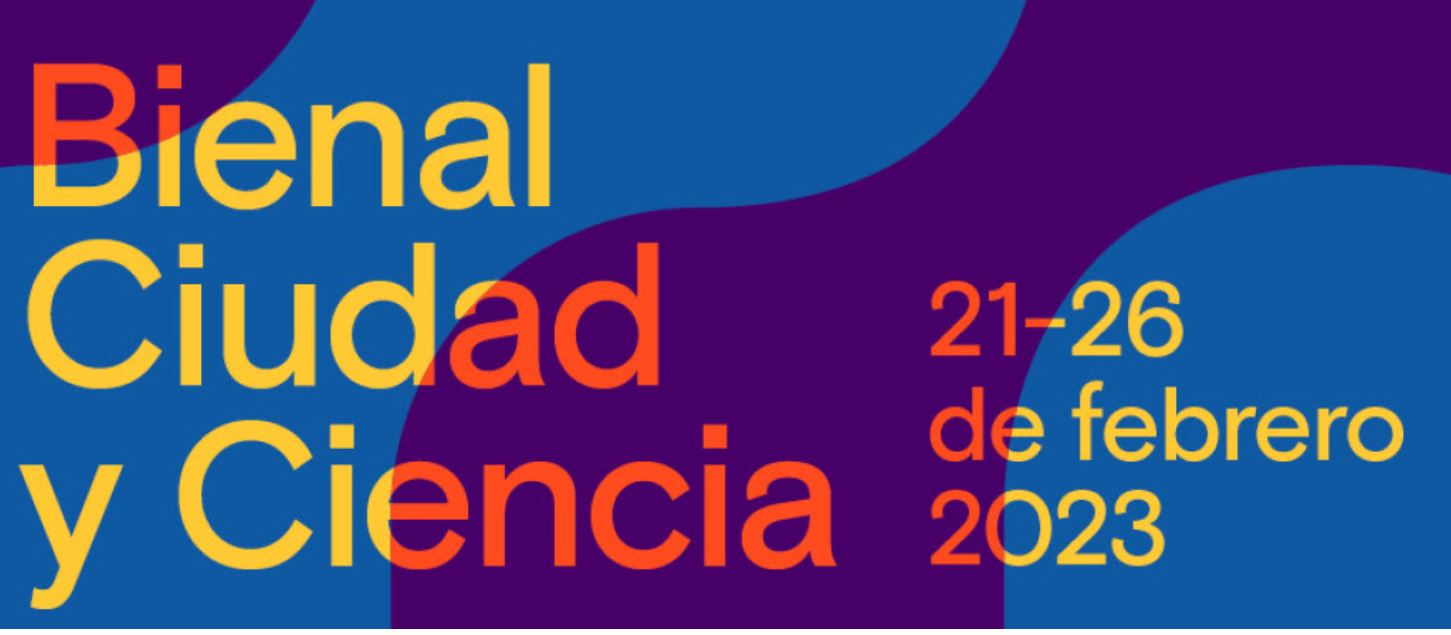City and Science Biennial 2023: A tribute to life.

At the end of February, between 21st and 26th, the third edition of the City and Science Biennial took place, organised by FECYT, the Ayuntamiento de Barcelona and the Círculo de Bellas Artes, with the collaboration of the Banco Sabadell Foundation. This edition invited us to reflect on how to draw on science, art and innovation to manage the challenges that our society faces in the contemporary world. It was the first edition of the event to take place in face-to-face format since Covid-19, a context that inspired its theme: life. Specifically, the relationship our species has with the natural, human and digital environment, taking an active and proactive view of this science that promotes coexistence and that brings us closer to each other and drives us towards participation, whilst opening the door to greater citizen engagement.
For the first time, the Biennial took place simultaneously in Barcelona and Madrid, forging collaborative scientific and cultural links between these two cities. In Madrid, the event was well received by the public, with the participation of 3,500 people. Valerio Rocco, Director of Círculo de Bellas Artes, which accommodated the Biennial in Madrid, explains the background to the decision to share this edition of the event between these two cities “If they work together, Madrid and Barcelona are an unbeatable power in the scientific and cultural arenas, and one of the aims of this Biennial was to build a bridge between the two cities”.
The commitment of Círculo de Bellas Artes to culture, science and innovation, key pillars of the Biennial, can be appreciated in initiatives such as the “R&D+C Forum” (where ‘C’ stands for culture, creativity, citizenship, commitment, etc.), or “Dialogues for critical innovation”, both being projects in which the Banco Sabadell Foundation has collaborated. Rocco confides that “it was thought at both the Ayuntamiento de Barcelona and FECYT that our institution was a natural partner to bring the Biennial to Madrid as well as Barcelona. What is more, doing so in a cultural institution and during the ARCO (contemporary art) week served as a signal to reinforce the relationship between art, science and technology.”
In Barcelona, the Biennial took place in twenty-two different spaces, including the CCCB Theatre (Centro de Cultura Contemporánea de Barcelona), the CSIC Researchers’ Residence (Consejo Superior de Investigaciones Científicas) or the MACBA Chapel, where initiatives including debates, exhibitions and performances were held. One such initiative was the “Night of science”, where CSIC researchers shared their projects with the audience, and the scientific walks through the Raval district, where participants learned about this neighbourhood’s strong link with science.
Rocco is very positive in his appreciation of this third edition of the Biennial, in particular, the interactions that surfaced during the different programme events. “It was very moving to see leading scientists helping children to carry out experiments. The young scientists did not know that they were in the presence of world-renowned researchers. In that moment, the past and the future of science came face to face around an improvised laboratory bench, under the majestic dome of our Ballroom.”
